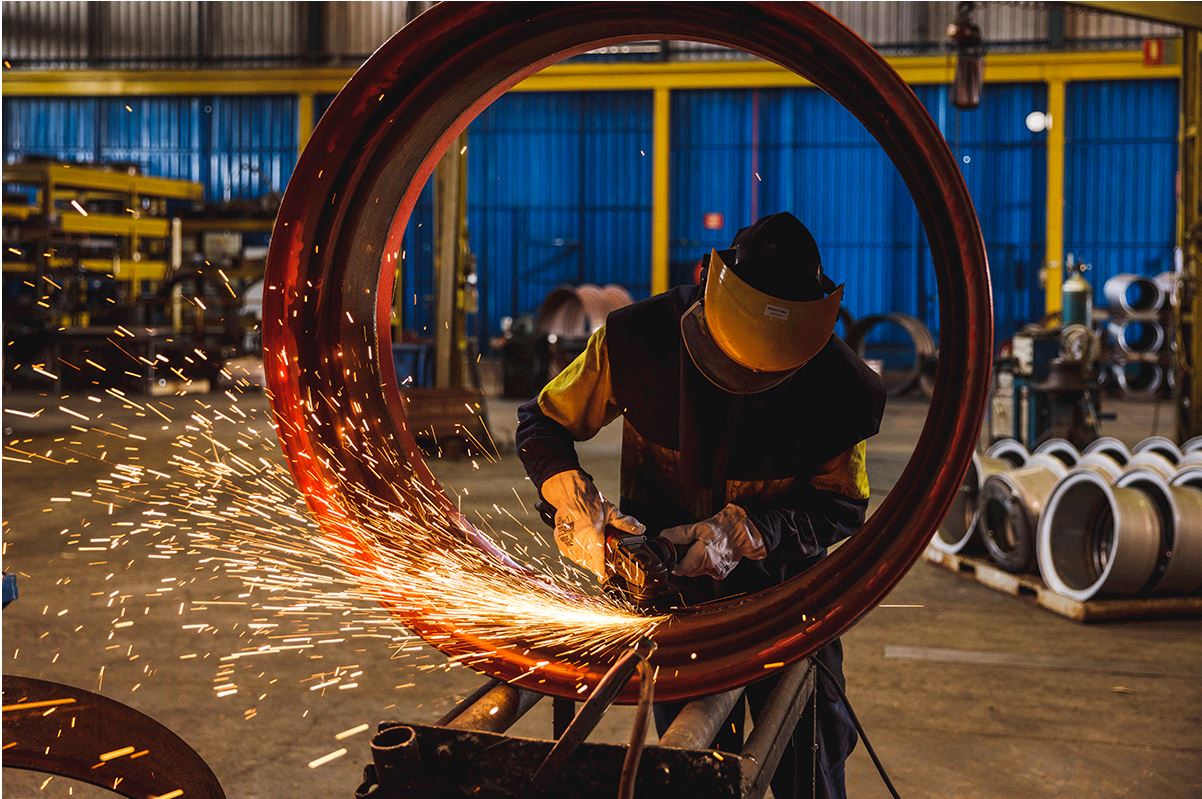1MG FlippingBooks
Titan Australia is now OTR Australia – and 100% Australian owned
The OTR Tyres acquisition of Titan Australia solidifies the company as a leading nationwide provider of wheel, tyre, and axle solutions.

Nobody cares more about tyres and wheels than farmers. Whether you’re behind the wheel of a tractor, harvester, crane, sprayer, or mower, your tyres and wheels are a secret weapon that makes your life easier and your business more efficient. Those round black hoops of rubber are critical workhorses on the farm, as important as any piece of agricultural machinery.
Whatever ground you have to cover, you need equipment you can trust to be up to the task.
OTR Group CEO Adam Oakenful says their wheel and axle range is designed and manufactured to suit the toughest Australian terrain.
“We know how important it is to work efficiently and safely, have equipment you can rely on in all weather, and get the highest yield in your business,” Adam says.
“Agricultural products by OTR Australia are made strong enough to combat the challenges of wet and dry soil in the field so you don’t find yourself in tricky situations where it may be problematic to move your equipment.”
OTR Tyres recently acquired Titan Australia and rebranded it to OTR Australia, creating a strong Australia-wide network providing world-class products, and good old fashioned customer service.
As well as providing Australian-made products, the company is now wholly Australian-owned.
“The change will be virtually seamless for farmers. They’ll get the same great products, the same great service, and have the same contact points. The major difference is that we can be more flexible and reactive to their needs,” Adam says.
OTR Australia, which also provides off-highway solutions to the mining and construction industries, is an independent distributor of all major brands. Their friendly team takes the time to get to know your business, and helps you choose the products and services that suit your needs.
Headquartered in Perth, OTR Australia also has locations in Brisbane, Mildura, Emerald, and the Hunter Valley, together with a strategic presence in major mining hubs in WA. It is committed to R&D, and is capitalising on technological advancements to make the manufacturing process easier and more efficient.
OTR Australia has a strong and enduring presence in local communities.
“We manufacture in some regional areas where it can be hard at times to find staff. We could move to a bigger city and do things a bit easier, but then we wouldn’t be in that local area,” Adam explains.
OTR Australia’s growing team includes tyre fitters, service technicians, sales, and administration support staff. Adam says his company is one that always puts people over profit and is passionate about helping farmers get as many hours out of their tyres as possible.
“Our tyres, wheels and axles are built to last. Farmers know our products are strong and durable, and our service is second to none. They know they can rely on us,” Adam says.
email address: sales@otraustralia.com
website: https://otraustralia.com/
Product catalogue link: https://titanaust.com.au/downloads/
















